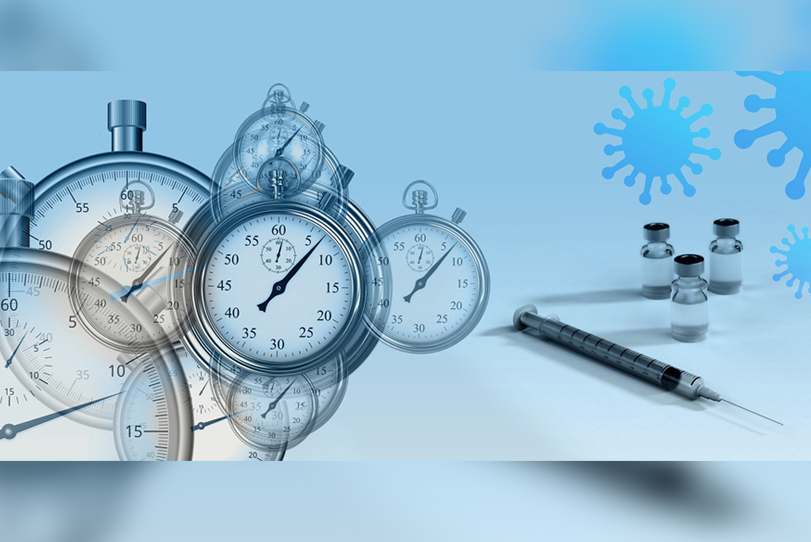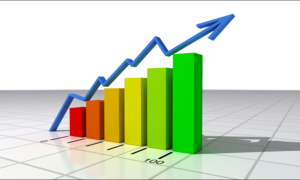Framing the COVID-19 vaccine distribution task – there is an incredible amount of money and effort going into the development of many different COVID-19 vaccines (more than 50 vaccines in clinical trials and even a few with limited approvals!)
There is increased focus from the Pharma industry and different governmental associates on what it will take to do an accelerated global mass rollout of vaccines that may require varying ranges of temperature controlled services. The planning effort is surrounded with many speculations and high uncertainty. The discussions span around availability of glass vials, to required temperature ranges, distribution modes and infrastructure, serialisation issues, production capacity and COVID-19 vaccine availability speculations.
There is still quite a lot of uncertainty about whom and how the global rollout will happen and the task of mapping out capabilities is in full swing. There is no practical distribution models that exist today that can handle this mass distribution in the highest quality regulated supply chain.
With this increased need for reliable and trusted logistic partners, the Pharmaceutical companies, governments, and non-governmental organisations are scanning the market and evaluating their opportunities given the draconian uncertainty evident overexcitement surrounding the COVID-19 vaccine story (availability and mass distribution expectations).
Customer needs
Pharma and Healthcare companies cold chains have a high level of complexity and are unique in their own ways. They want to mitigate risk and unpredictability at all cost to maintain the integrity of their products. They want transparency, control, and flexibility. To put it another way, they want supply chains which are optimised for agility and reliability giving them full transparency. They want to be in a position where they can switch transportation modes or partners as soon as something does not work, in order to ensure the safe and timely distribution of their products to the patients.
Quality and compliance to Good Distribution Practices (GDP)
Strict quality standards regulate the production and distribution of healthcare products. Every single hand off point from the premises of the manufacturer to the end user is closely monitored by an army of quality people ensuring that products are consistently stored, transported and handled under suitable conditions as per product specifications. These are most often between +15°C to +25°C, but it could be -2°C to +8°C or beyond -20°C to -80°C as we all know.
COVID-19 vaccine specifications
Even with all the vagueness, we know that early stage vaccines may require transportation at -80°C. These volumes are usually at “trial” quantities and early stages. They are transported by air freight due to the speed to market requirement. Once the vaccine has been developed and reached a stable stage for distribution some of the upstream distribution requirements might be at -20°C, however most downstream distribution is done at 2-8°C. Ocean reefer containers can maintain temperatures from -35°C to +25°C, and there is a good track record in the ocean industry of transporting Pharma products at 2-8°C. Air freight transportation is typically a preferred option for distribution due to the speed to market, however it uses active or passive containers (so called Unit Load Devices) which availability could also be a limiting factor therefore it is important to understand the surge we might see for ocean reefer container availability.
Following vaccine’s standard packaging and distribution one can estimate the total volume that the COVID-19 Vaccine will take for distribution. If we assume that all vaccines will get distributed in reefer containers (which we know is not the case) the initial estimate will be that there will be a need for just above 60.000 reefer containers in total, over a period of 2 to 3 years. If that is the case, given reefer transport, the estimate is for the need of 5000-7000 reefer containers that can get the job done. This number may increase significantly if reefer containers are used for “pop up cold storages” as there is a foreseen lack of warehousing capacity for the COVID-19 vaccine, especially in less developed geographies. The initial indicated production locations will be in terms of volume produced over the next 3 years: China, India, France, UK, Switzerland, Russia, Japan and Brazil, US.
Service level needs
Temperature Tracking – availability on calibrated loggers (GDP certified) for tracking on pallet level. GDP compliant overland transport – quality management and proper execution on overland transport and capacity availability. GDP certified warehouses – meeting local healthcare authorities standards for quality assurance and having available capacity which will prove to be a challenge.
COVID-19 pandemic supply chain expectations
The way the COVID-19 pandemic occurred, and the pace of progression associated with the different stages, have shocked the entire logistics sector. Air freight and ocean transportation have been disrupted, and the suddenness of the situation caught many industries by surprise – derived from the cuts of capacity. The post-pandemic transportation and distribution logistics will need to be much more robust, resilient and diverse in order to cope with overall reduced capacity, driving higher transportation costs. Delays on consumer goods for Christmas might be some of the first signs of a new logistics reality.
There is no doubt that, in the post-pandemic world, air freight but also more than ever, ocean freight will continue to be widely utilised and will undoubtedly play a critical role as part of a more shock-resistant, multi-modal freight logistics for Pharma & Healthcare. There is a need for an integrated approach to Pharma logistics, especially for COVID-19 Vaccine distribution, where all the stakeholders are partnered and strategically aligned. Presently, the “post COVID-19 pandemic supply chains” are shaping up. There are many moving parts across the globe with many stakeholders involved, all under tremendous pressure. Once the vaccine distribution is in full swing, we might see even more impact on today’s “standard” logistics approach.
For more details –
Visit : https://www.maersk.com
Cookie Consent
We use cookies to personalize your experience. By continuing to visit this website you agree to our Terms & Conditions, Privacy Policy and Cookie Policy.














